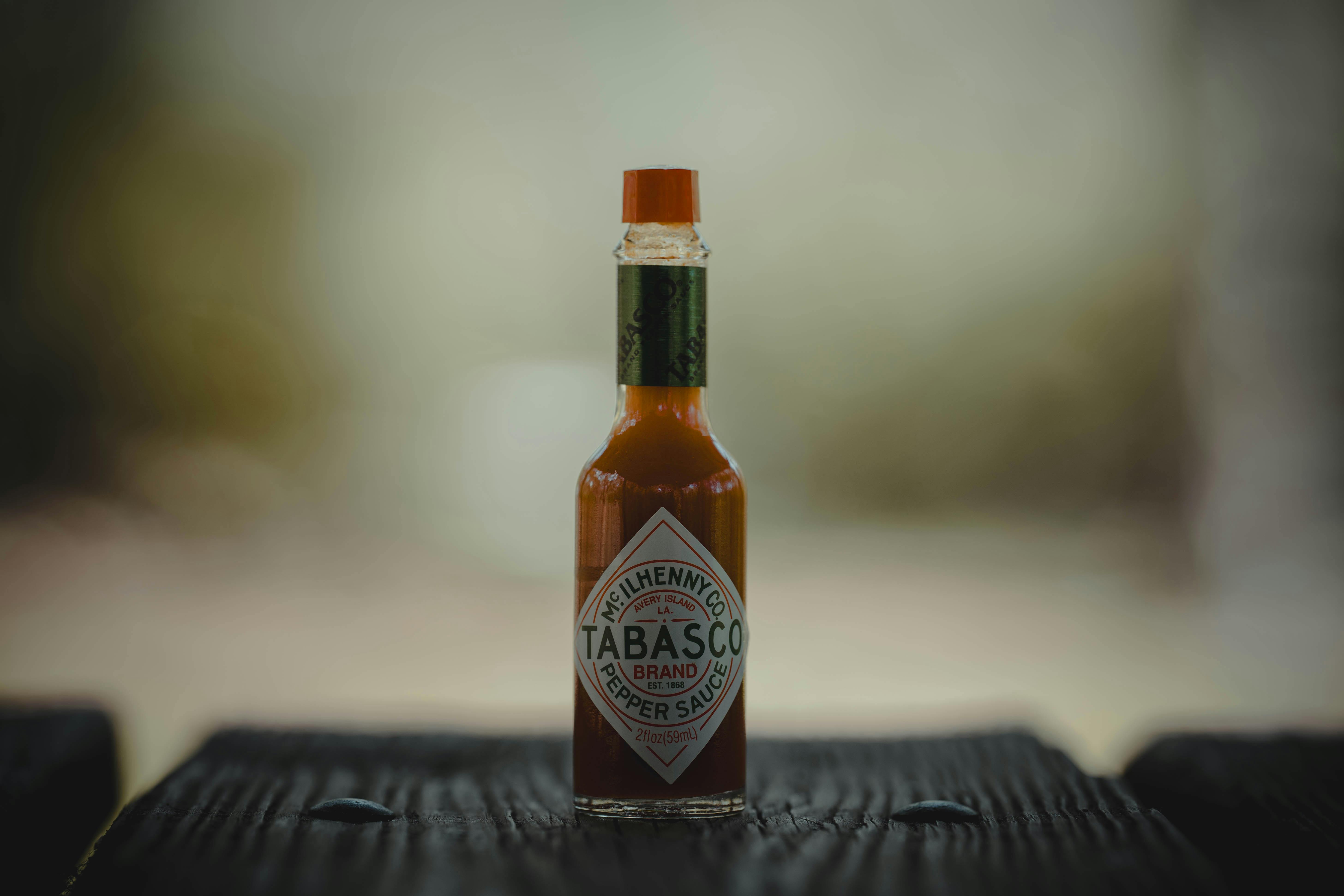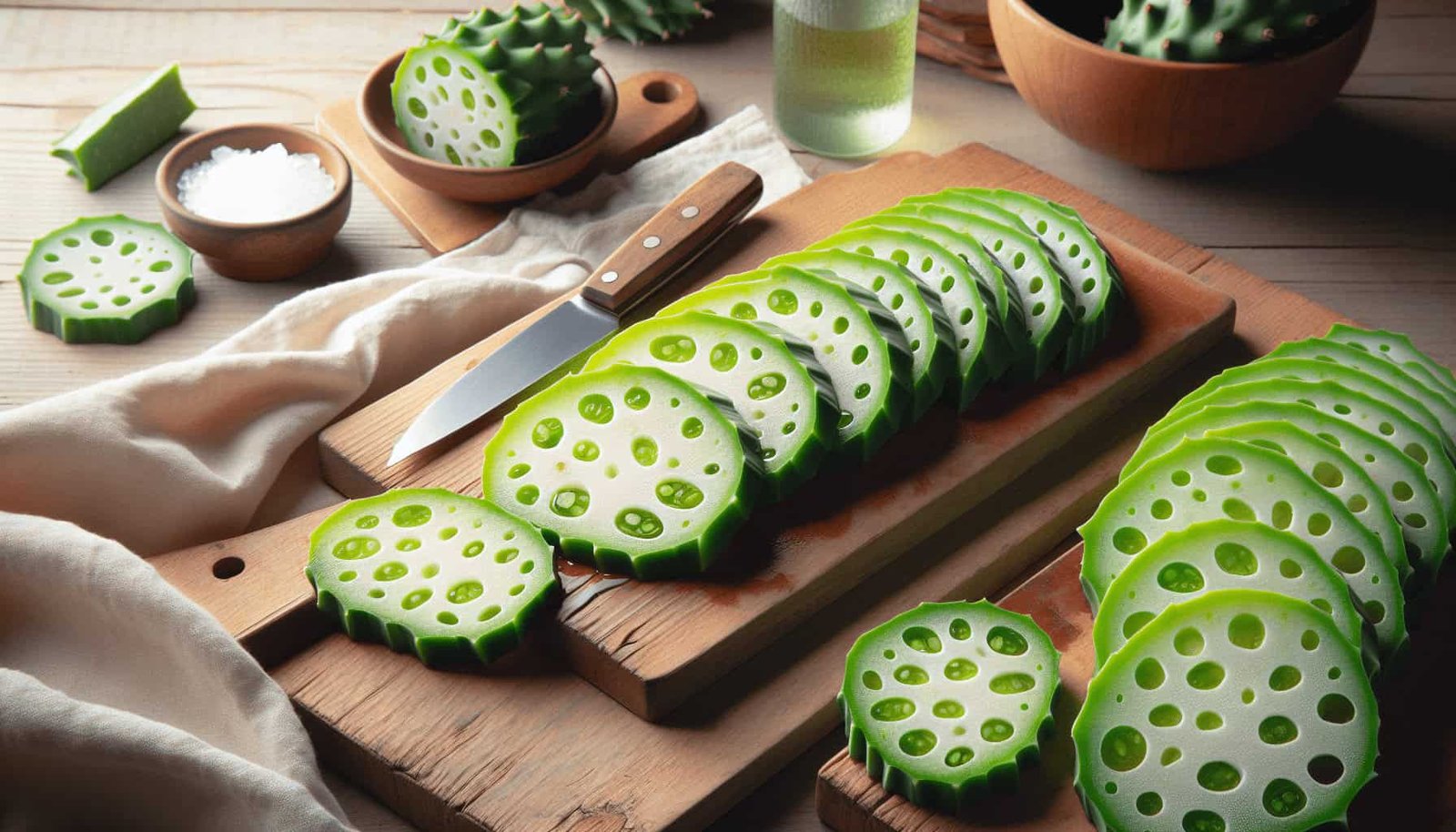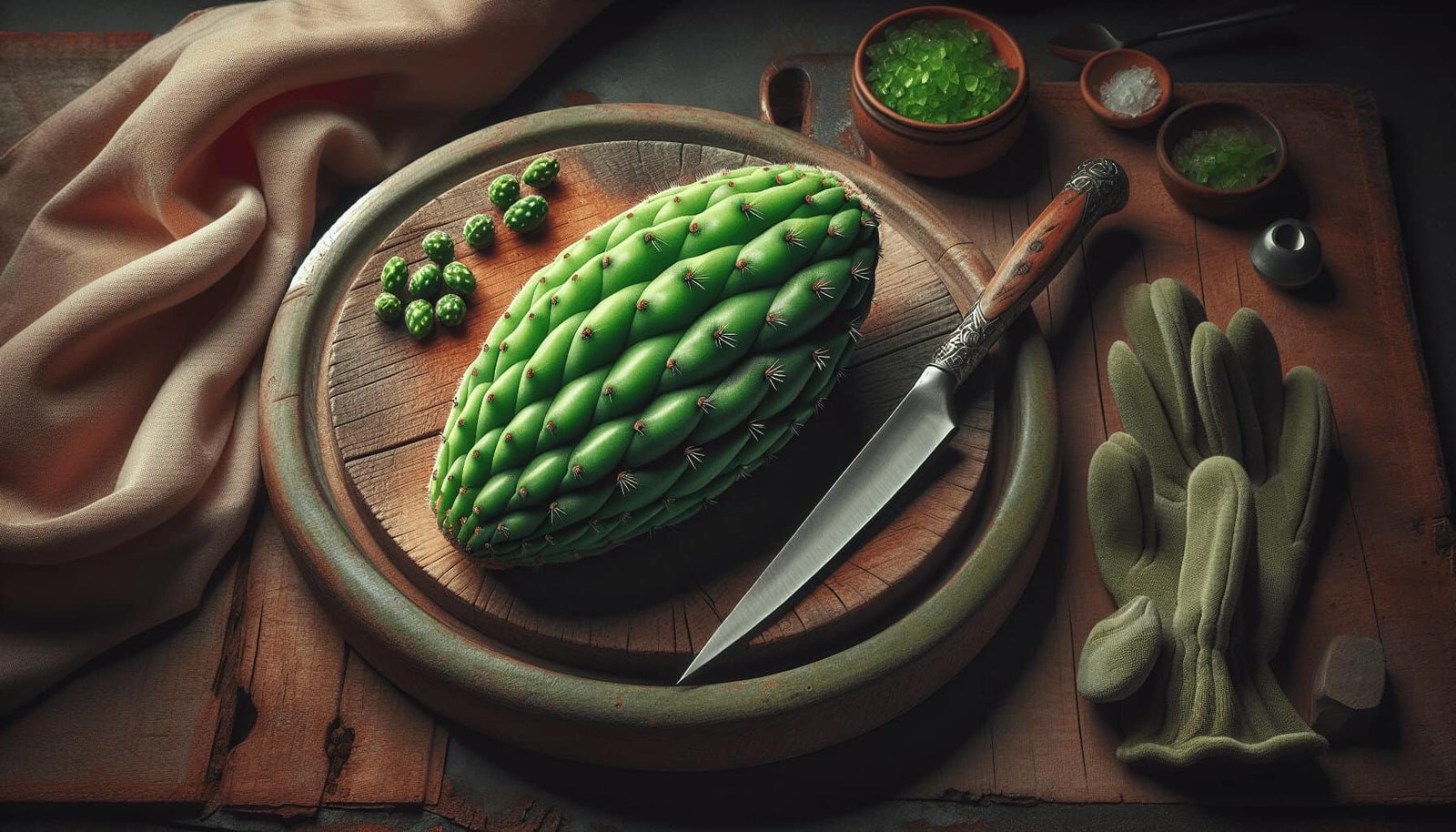Have you ever wondered how to prepare nopal for adding to stews? Nopal, commonly known as prickly pear cactus, is a nutritious and versatile ingredient that can add unique flavors and textures to your dishes. Whether you are new to using nopal in your cooking or looking to perfect your techniques, this guide will provide you with all the information you need to confidently prepare nopal for your next stew.

What Is Nopal?
The nopal cactus is native to Mexico and the southwestern United States. It is particularly valued for its edible pads, which are known as “nopales.” These pads are rich in vitamins, minerals, and fiber, making them a healthy addition to various dishes, including stews, salads, and stir-fries.
Nutritional Benefits of Nopal
Nopal is packed with nutrients that offer numerous health benefits. Here’s a snapshot of what this cactus brings to the table:
| Nutrient | Amount Per 100g | Benefits |
|---|---|---|
| Fiber | 2.2g | Promotes digestive health |
| Vitamin C | 9mg | Boosts immune system and skin health |
| Calcium | 93mg | Strengthens bones and teeth |
| Magnesium | 85mg | Supports muscle and nerve function |
| Antioxidants | – | Help reduce inflammation and protect against chronic diseases |
Choosing The Right Nopal Pads
Selecting fresh nopal pads is the first step in preparing them for stews. When choosing nopal, look for the following qualities:
- Color: Bright green pads indicate freshness.
- Firmness: Pads should be firm but not overly hard or woody.
- Size: Medium-sized pads are often the most tender and flavorful.
Storing Nopal Pads
If you’re not going to use the nopal pads immediately, proper storage is key. Here are some tips for storing them:
- Refrigerate: Store nopal pads in a plastic bag in the refrigerator. They can last up to a week this way.
- Freezing: For longer storage, you can freeze nopal pads. Blanch them quickly in boiling water, cool them in ice water, then pack them in freezer bags.
Cleaning Nopal Pads
Before you can add nopal to your stew, you need to clean and prepare the pads. The pads have small spines called glochids, which need to be removed. Follow these steps for a safe and efficient cleaning process:
- Rinse Under Cold Water: This helps to remove surface dirt and some of the loose spines.
- Use a Sharp Knife: Hold the pad with a paper towel or kitchen glove to protect your hand. Scrape the glochids off by running the knife along the surface of the pad.
- Trim The Edges: Use the knife to trim off the edges where the spines are densely packed.
- Rinse Again: Give the cleaned pads another rinse to ensure no spines remain.
Caution: Handling Spines Safely
Glochids can be irritating if they come into contact with your skin. Always use gloves or a thick kitchen towel when handling nopal pads and be cautious.
Cutting And Preparing Nopal For Stews
Once your nopal pads are clean, it’s time to cut and prepare them for your stew. The way you cut the nopal will depend on the texture you want in your dish. Here’s a basic guide:
Cutting Nopal Into Strips
- Lay The Pad Flat: Place the nopal pad flat on a cutting board.
- Slice Into Strips: Cut the pad into strips about 1/2 inch wide. These are called “rajas.”
Dicing Nopal
- Cut Into Strips First: Follow the steps above to cut the pad into strips.
- Dice The Strips: Turn the strips 90 degrees and cut them into small cubes.
Cooking Options
Nopal can be cooked using various methods before adding it to stews. Here are a few:
Boiling
Boiling nopal is a simple way to prepare it for stews.
- Bring Water To A Boil: Fill a pot with water and bring it to a boil.
- Add Nopal: Add the strips or cubes of nopal to the boiling water.
- Cook For 10-15 Minutes: Allow the nopal to cook until it turns a darker green and tender. This also helps to reduce the slimy texture, called “baba.”
- Drain And Rinse: Drain the water and rinse the nopal under cold water to stop the cooking process.
Sautéing
Sautéing can add a bit more flavor.
- Heat A Pan With Oil: Use a tablespoon of olive oil or your preferred cooking oil.
- Add Nopal: Add the cleaned and cut nopal to the pan.
- Cook Until Tender: Sauté for about 10 minutes until the nopal is tender and has lost much of its slime.

Incorporating Nopal Into Stews
Nopal can add a delightful texture and flavor to stews. Here’s how you can incorporate it effectively:
Choosing The Right Stew
Nopal pairs well with various types of stews, from classic beef stews to vegetable-based ones. The cactus’s slightly tangy flavor complements rich, savory broths.
Adding Nopal To Your Stew
Once your nopal is pre-cooked, it’s ready to be added to your stew. Here’s a basic process:
- Prepare Your Stew Base: Start cooking your stew as you normally would, preparing the broth, meats, and vegetables.
- Add Pre-Cooked Nopal: About 30 minutes before your stew is done, add the pre-boiled or sautéed nopal.
- Simmer Together: Allow the nopal to simmer with the rest of the ingredients, ensuring it soaks up the stew’s flavors.
Sample Stew Recipe With Nopal
To give you a practical example, here’s a simple nopal stew recipe you can try:
Ingredients:
- 2 cups pre-cooked nopal
- 1 lb beef stew meat
- 1 onion, chopped
- 2 cloves garlic, minced
- 1 can diced tomatoes
- 4 cups beef broth
- 2 potatoes, diced
- 2 carrots, sliced
- 1 teaspoon cumin
- Salt and pepper to taste
- 2 tablespoons olive oil
Instructions:
- Brown The Beef: In a large pot, heat olive oil over medium heat. Add the beef and brown on all sides.
- Add Aromatics: Add the chopped onion and minced garlic, cooking until fragrant.
- Combine Ingredients: Add the diced tomatoes, beef broth, potatoes, carrots, cumin, salt, and pepper. Bring the mixture to a boil.
- Simmer The Stew: Reduce heat and let the stew simmer for about an hour, or until the beef and vegetables are tender.
- Add Nopal: Stir in the pre-cooked nopal about 30 minutes before the stew is done. Allow it to simmer, mixing the flavors thoroughly.
- Serve: Ladle the stew into bowls and serve hot.
Cooking Tips For Nopal
To maximize the culinary potential of nopal in your stews, consider these helpful tips:
Balancing Texture
Nopal can sometimes have a slimy texture, which isn’t always desirable. Here are ways to balance it:
- Acids: Adding a bit of lemon juice or vinegar can help reduce the sliminess.
- Dry Cooking Methods: Sautéing or grilling nopal before adding it to your stew can minimize its slimy texture.
Combining Flavors
Nopal pairs wonderfully with both robust and mild flavors. Here are some pairing suggestions:
- Spices: Cumin, coriander, and oregano complement nopal’s natural taste.
- Vegetables: Bell peppers, onions, and tomatoes enhance the overall flavor profile.
- Proteins: Pork and chicken work particularly well with nopal due to their milder flavors.

Common Mistakes And How To Avoid Them
Even the most experienced cooks can make mistakes when preparing nopal. Here’s how to avoid common pitfalls:
Not Properly Cleaning The Nopal
Leaving even a few glochids can make eating nopal unpleasant. Ensure you thoroughly clean the pads and remove all spines.
Overcooking
Overcooking nopal can result in a mushy texture. Aim to cook it just until tender for the best results.
Adding Nopal Too Early
Adding nopal too early in the cooking process can cause it to break down too much. Adding it in the last 30 minutes of cooking helps it retain some texture.
Frequently Asked Questions
How Do I Know If Nopal Is Fresh?
Fresh nopal pads should be bright green, firm, and free of any mushy or discolored spots. Smaller to medium-sized pads are often more tender and flavorful.
Can I Use Canned Nopal?
Yes, canned nopal is a convenient option and can save you time. Just be sure to rinse it well to remove any excess salt or preservatives.
Is Nopal Safe To Eat Raw?
While nopal can be eaten raw, it’s more commonly cooked. Cooking helps to soften the texture and mellow out the flavor, making it a better addition to stews.

Conclusion
Preparing nopal for stews may seem daunting at first, but with these steps and tips, you can master it in no time. From selecting fresh pads to cleaning, cutting, and cooking, every step is important to make your stews delicious and nutritious. By incorporating nopal into your culinary repertoire, you’ll not only enjoy a range of new flavors but also benefit from its numerous health benefits. So, don’t hesitate—get your hands on some nopal and start adding it to your favorite stew recipes today!

